Skateboarding when the weather is wet is really a bad idea.
This is dangerous for you and the water may wreck your board. The wood deck part of your board may warp as it soaks up the water. Your bearings and bolts can rust as well.
Hydroplaning is common when it’s raining, which can affect how you control the board.
If your climate is full of wet weather, you can skate as long as you look after your board, use wet weather parts and maintain the board as best you can.
Challenges of Skating on Wet Surfaces
-
Slippery surfaces
When the weather is wet, all surfaces become slippery. The smoother the surface when the weather is dry means it will be more slippery when it’s wet.
Avoid marble and polished stone. They are very slippery. Your board will have trouble getting a grip, and you could injure yourself.
-
Stopping
Stopping in the wet with a skateboard can take longer. You can risk the stopping distance being up to 3 times longer in wet conditions.
-
Skating stride
If you Skate on wet surfaces you may fall over or feel off-balanced as it is hard to move forward. An unwanted slide can do so when you push out to the side, specifically for inline skaters.
Why Skating Is a Bad Idea When It’s Downpouring
1. The bearings may suffer
Try not to get your bearings wet. The bearings will oxidate from the water, and it can be hard to fix it once it has started. Bearings that are damaged can give way, especially when performing tricks. This is a danger to the skater.
2. The deck may become waterlogged
It is detrimental to the skateboard to use it in wet weather. The deck itself is made from plies of wood glued together with a resin. Once the water has reached these layers, the glue will start to unstick, and the wood layers will come apart. This cannot be fixed.
3. Wheels may lose their grip
Skateboard wheels are hard as they have less grip than the longboard types. Skateboard wheels just cannot get enough grip and will slide out when you take a sharp turn.
Once a skateboard slides out in the wet, you won’t have time to correct it, and you risk damage or injury.
4. The grip tape may become slippery
Grip tape is cheap, but it is already sanded down and stuck to the board. Once the tape gets wet, it will lose its cohesion and will start to peel off. You need the grip tape when skating, so it will need to be replaced.
5. Trucks may start to rust
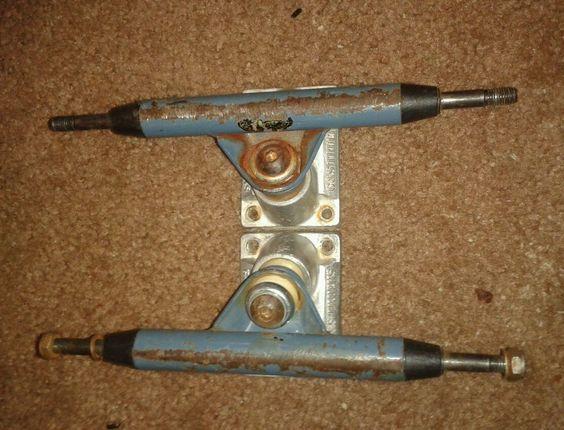
The truck on a board is strong and can handle getting wet a few times. Any more than that, and they will rust. The nut and kingpin will suffer, and the washers will also rust.
The axles and hangar can’t handle water, so ensure you dry all the parts if they get wet.
How to Know if Your Skateboard Is Waterlogged?
The deck lost its flexibility and integrity
The skateboard deck will feel very flexible. You might feel like you are trying to ride wet, thick cardboard.
Look for a snap sound while riding
Find somewhere quiet and try to do some ollies. If you can hear a snap sound, then it isn’t waterlogged. As long as you have a clear and crisp sound.
If you are using a waterlogged board, then the sound will be dull and sound like a creaking floorboard.
What to Do When Your Skateboard Gets Wet?
Clean the board immediately
Dry the board completely before you do anything else. If there is mud on the board, clean this off right away.
Dismantle the board
Take the board apart so you can start to dry everything properly and ensure no mud or moisture has been left behind.
Take out the wheels
Take off the wheels and dry in all the nooks and crannies. If there is dirt or mud on the wheel, give them a quick rinse, then dry thoroughly.
Put the board out in the sun
Once you have dried the board with a cloth, pop it in the sun to help dry up any remaining moisture.
Reassemble the parts
Once everything is dry, put the parts together again.
Maintain protective accessories
If you use a carry bag for your skateboard, make sure this is dry before placing the board back in it. A waterproof spray should be used each time you ride in case it rains or the ground is wet.
Where to Skate When It Rains?
1. Indoor skatepark
An indoor skate park can be used during wet weather. Sometimes there is a small entry fee. Most indoor skate parks have open areas to skate and do tricks. There are even parts for beginners.
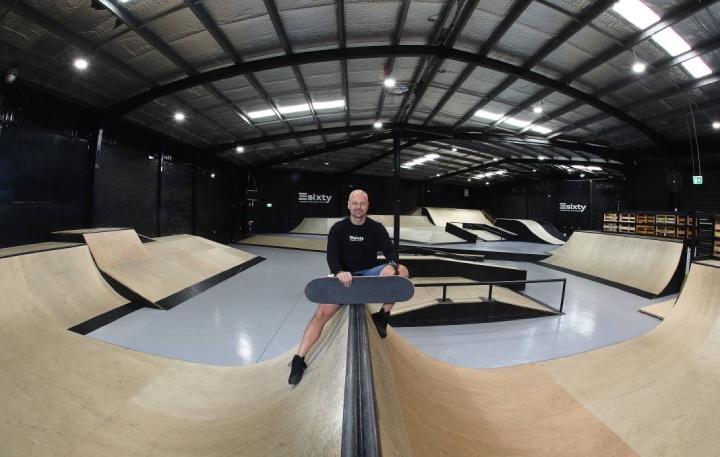
2. Parking garage
Parking garages are perfect for skateboarding. Ensure you check the ground for oil stains that could get slippery. Avoid areas close to cars if you fall off the board could flick up and damage a vehicle.
3. Abandoned buildings
Abandoned builders are a good place to skateboard. This may not be legal so ensure you check the rules before skating. Always check for debris or broken glass that might get under the wheels and cause you to fall.
4. Basement or garage
A garage or basement is the perfect place to learn the skateboarding basics. Move some of the clutter, build a smart quarter pipe and get yourself some room.
5. On the carpet in your bedroom (if allowed)
Carpet is perfect to learn techniques but is best for learning ollies. The carpet also offers a soft landing for those beginners who lose their footing.
6. Living room (if allowed)
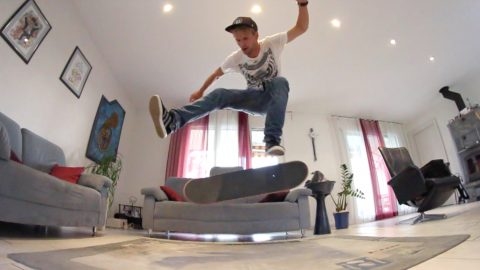
If you don’t have many options available to you, then consider using your living room as a place to skate. Get yourself, skate trainers, so everything in your living room doesn’t get destroyed.
If you have planks or tiles, consider getting a piece of carpet; otherwise, the board will damage the floor.
Tips to Skate in the Rain
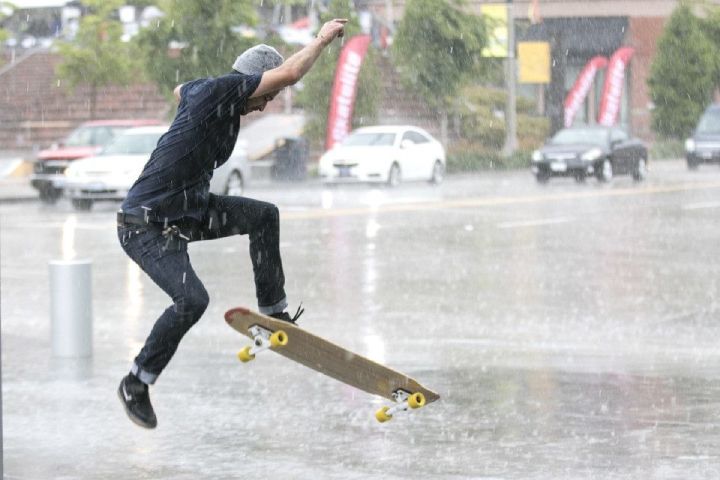
1. Store the board in a dry place
If your skateboard is wet, make it dry as soon as possible. Store it in a dry place with a fan circulating to dry out your board. Bathrooms and laundries are too humid and only add to the moisture level.
2. Avoid wet spots and puddles
Try and avoid puddles and mud as much as you can. Your wheels and trucks need to avoid water as much as possible. If the dirt coagulates within the bearings, then they will lose lubrication and function.
3. Dry the board
When you are riding your board in the wet weather, you need to dry the board off after every use. This will help prevent rust and improve the lifespan of the board.
4. Don’t push the board when it’s wet
Ensure you keep your shoes dry, so water doesn’t soak into the deck. If your shoes are soaked, and you try to push the board, you are going to wreck the grip tap
5. Avoid heavy rain if possible
Avoid heavy rainfall if you can. It is bad for your board plus offers low visibility and slippery surfaces that are a danger. Surfaces are still very slippery even when the rain has stopped.
FAQs
1. Can I ride penny boards in the rain?
Ans. No really because penny boards are small and they won’t be able to hold any grip when riding in the rain. This means you risk slipping and causing an injury. Rain will also damage parts of the penny board beyond repair.
2. Can I skateboard after the rain?
Ans. It is best to wait until everything has dried. Slanted roads tend to dry faster or open paved areas. You can buy wet weather equipment such as stainless steel bearings, extra course grip tape, and grooved wheels.
The board and the little nooks and crannies must be thoroughly dried afterward.
3. How to protect my skateboard from rainwater
Ans. If you are skateboarding in the rain, change your wheels over to rain wheels. These are designed for wet weather.
Use a fixative spray or floor sealer on the board to help protect the wood. This will need to be reapplied each time you ride in the rain.
4. Can you skateboard on wet concrete?
Ans: No, it is not advisable. Skateboarding in wet concrete may injure you and damage your skateboard as it is too slippery. Take precautions and consider the risks if you still have to do it.
5. Can you skateboard in the snow?
Ans: 60ºF to 80ºF is the best temperature for skateboarding. Try avoiding skating below or above that range. In snowy conditions, it is possible to skate even at 20ºF to 40ºF if you are sufficiently warmed up, take precautions, and try it in a dry spot.
6. Can you skateboard in light rain?
Ans: No. Skateboarding in rain is not advisable whether the rain is heavy or light. The wood of the board will get wrapped by soaking rainwater and the bearings may get rusty.

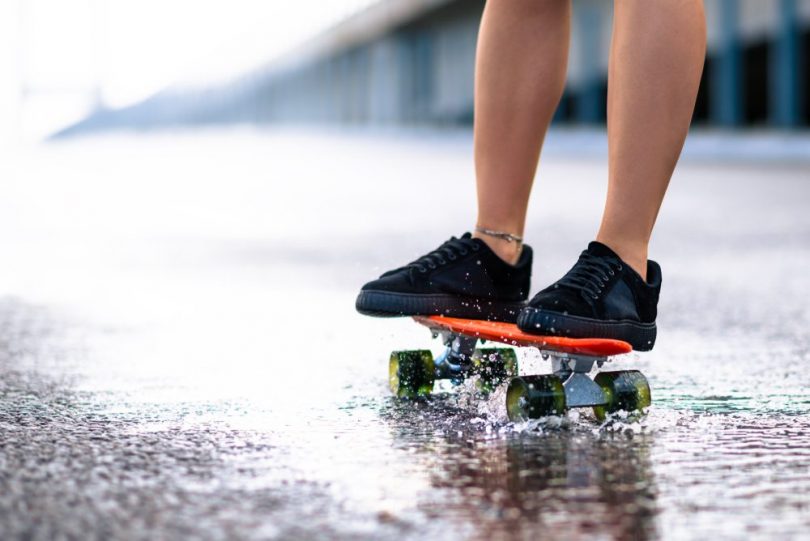
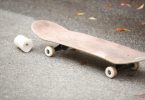
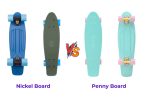
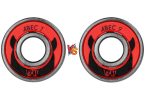
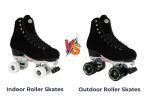
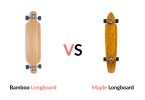
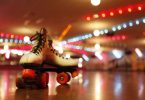

Leave a Comment